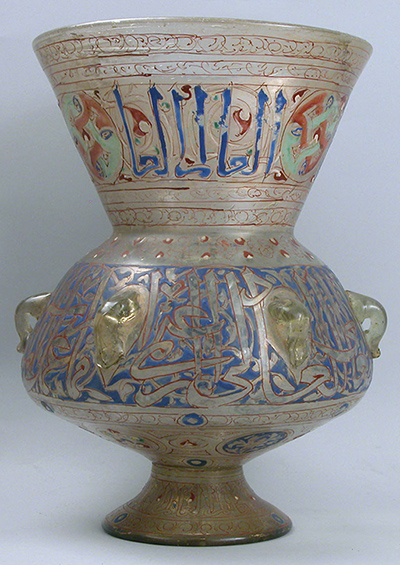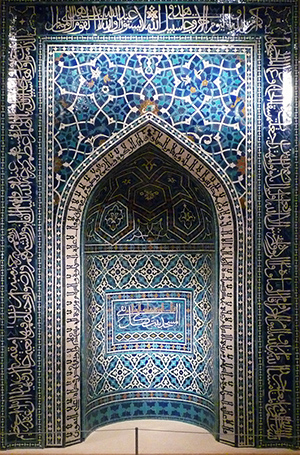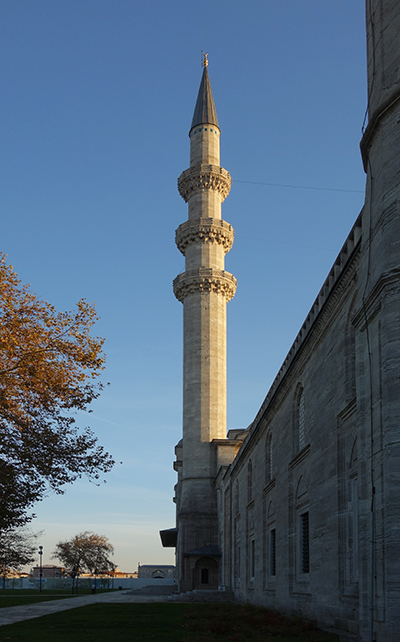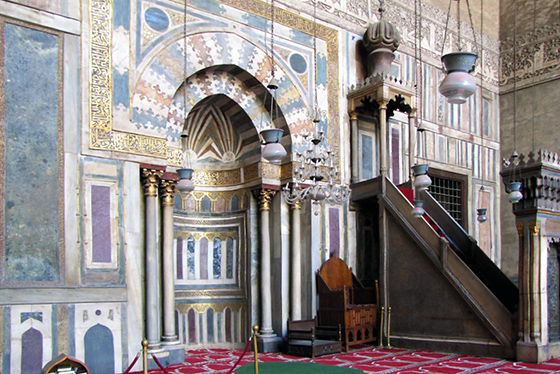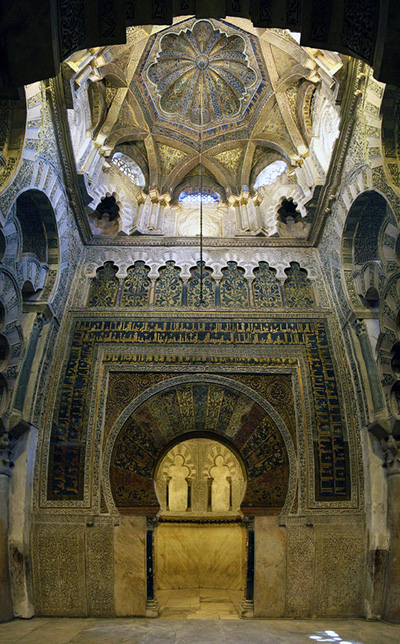Arrangement of the Qur’an
The Qur’an was subsequently written down and memorised by professing Muslim men and women. Yet, when the Prophet died in 632 CE, ten years after the Hijra, that is, his migration from Mecca to Medina, the Qur’an as it is known today, did not exist. The verses and chapters, or suras, were at that time scattered fragments of the writings of Prophet Muhammad’s scribes, preserved on privately collected pieces of parchment, stone, palm leaf, and leather, in addition to words preserved in human memory. It was during the reign of the third Muslim caliph (or religious leader) Uthman, who governed the existing Muslim community several generations after Prophet Muhammad’s death, that the Qur’an was given its standard form, which remains unchanged to this day. The suras were arranged so that, generally, there would be progression from the longest chapter to the shortest. It is that arrangement that has been preserved as the authoritative version of the Qur’an.
It is essential for every pious Muslim to memorise as much of the Qur’an as possible. A Muslim prayer in the solitude of a room or in a congregation begins with the words of the Qur’an’s opening sura (Al-Fatihah). Prayer is considered to be a way for Muslims to appropriate the word of Allah. This divine-human interchange is eloquently expressed in a hadith qudsi, a saying of the Prophet quoting God:
I have divided the prayer (salat) between me and my servant, and my servant shall have whatever he prays for. For when the servant says: ‘All praise be to God, the Lord of all beings,’ God says: ‘My servant has praised me’. When the servant says: ‘The All-Merciful, the Compassionate,’ God says: ‘My servant has glorified me ... this is my portion and to him belongs what remains’. (M. Ayoub, The Qur’an and Its Interpreters).
The Fatihah, the opening sura of the Qur’an, is considered by Muslims to be the perfect prayer. The first three and one-half of its seven verses is a prayer of praise. The rest of the sura is a prayer for divine guidance and grace. Not only the Fatiha but the entire Qur’an is a Muslim prayer. It is also a divine address to Muslims. Thus, in every prayer, God is believed to reveal Himself and the Muslim believer is to receive the word of God. Muslim prayer is the human connection to God through the Qur’an.
Livequranforkids
We are providing the educational service of Learn quran
online, female quran teacher,quran for kids, quran reading,
quran memorization for kids, quran translation,online quran,
quran for kids in USA, quran online and Online quran academy.
